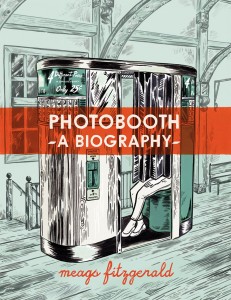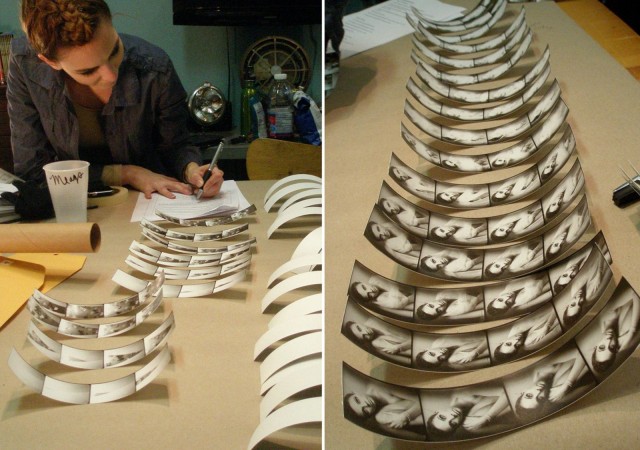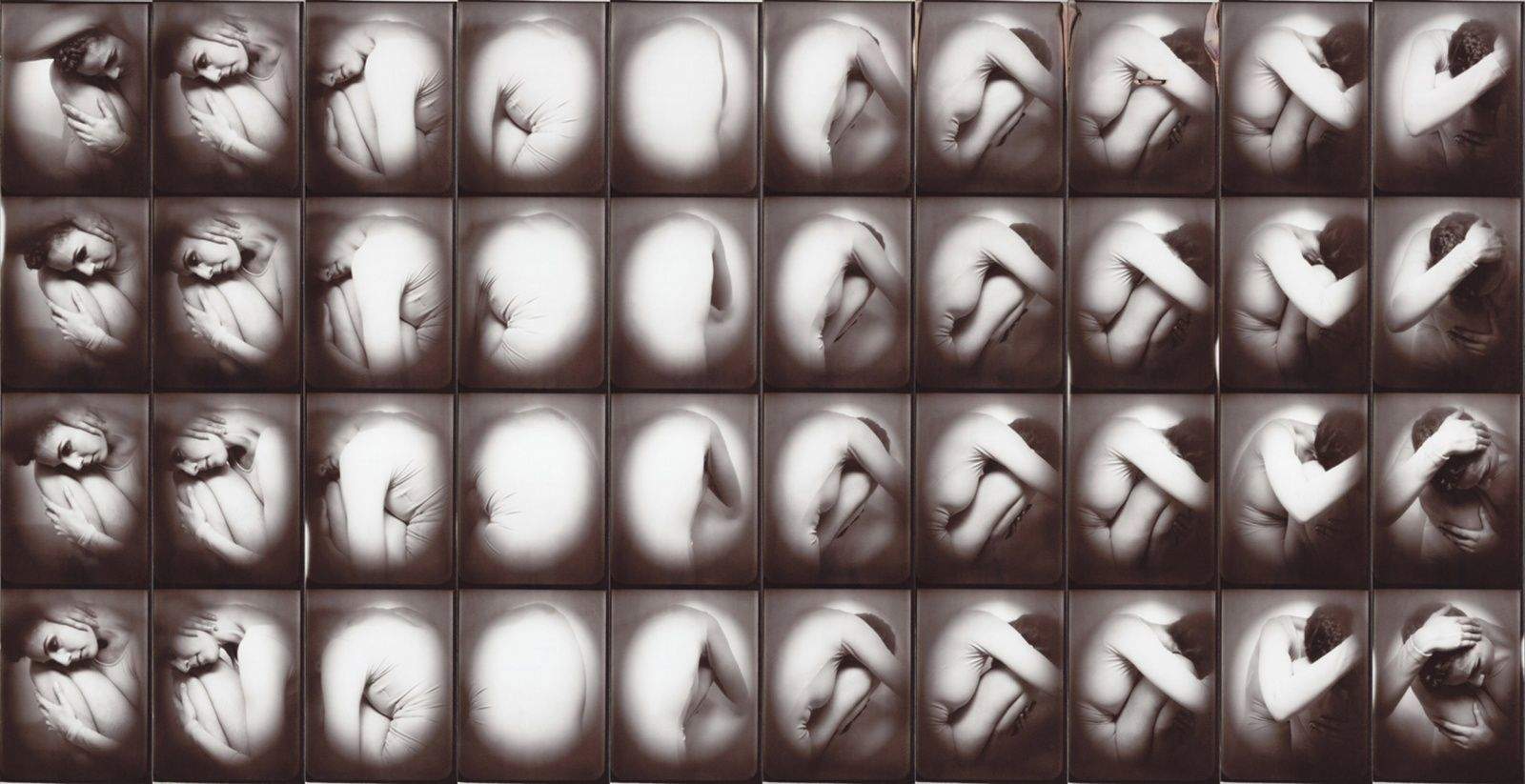Before anyone ever uttered the word “selfie,” Meags Fitzgerald had accumulated thousands of photos of herself taken in photo booths in the malls and train stations near her home.
She produced strips of four one-of-a-kind poses almost daily, sometimes hiding in a mall photo booth until after close. High-school friends dubbed her “the Photo Booth Girl.” Today, when the Montreal artist pulls the curtain in a booth, the flashes sometimes don’t stop until she has enough photos to produce a movie.
“It’s very much an obscure labor of love,” said Fitzgerald, a freelance illustrator who has produced six film shorts, all in photo booths. “There are certainly people who have used photo booths in their mediums but I’m the only one I know who has used them in this way, in this length or with the narrative purpose I’ve tried.”
Fitzgerald, 27, won the award for Best Animated Short at the 2013 Edmonton International Film Festival for her 4-and-a-half-minute film LaCuna, a dreamy, trance-inducing piece in which she starred that was produced with more than 1,000 photos taken in a 1953 Auto-Photo Model 11.
This type of dip-and-dunk chemical photo booth, the site of innumerable passport photos and stolen kisses for close to a century, is on the verge of extinction as photographic paper supplies run dry and companies do away with the toxic chemistry in favor of digital systems. But an enthusiastic community of artists, technicians and collectors have emerged from around the world to keep the analog booths from disappearing. Fitzgerald is probably one of the more impassioned and creative champions.

In May, Conundrum Press published her graphic novel, PhotoBooth: A Biography, which details the history of photo booths and chronicles Fitzgerald’s travels around the world searching for information on the vintage machines. It ends with her questioning her emotional attachment to photo booths, but hopeful her work could put people in touch with the magic she finds posing inside them.
She rushed her book so it would be out while there were still chemical photo booths in Canada. Auto-Photo Canada plans to scrap its analog booths for digital ones next year.
“Photo booths don’t present a negative,” Fitzgerald said. “It’s a direct positive photo. Every photo is entirely unique, so each one is sort of precious. The thing that doesn’t appeal to me about digital photography really is the lack of ability to preserve them. We think we’re taking a lot of photos now but we’re not actually leaving any records. We’re leaving digital data that gets corrupted or destroys itself. (With analog photos), I like the physical aspect that is left behind.”
The record Fitzgerald is leaving pushes the boundaries of portraiture, story and the photo booth itself.
The Model 11 booth she used to produce LaCuna has a deep, curved back, allowing her more room for poses and greater depth of field. She often held her poses while the machine took about three minutes to develop a strip of four pictures so she had a reference for the next series.
An assistant snapped the shutter and cataloged the photos in order.
“When you’re taking the photos, you have to be sure to take them out of the machine in order because they’re going to pile up,” she said. “You have to dry them facedown because when they are wet and you dry them face up, they are going to collect dust.”

The less dust, the less time she spends cloning out spots in Photoshop. After eight hours in the booth, she spent another thousand hours cutting, scanning (each scan is 3,600 dpi so they can be projected on a film screen) and cropping each photo to ensure is they are straight and the same pixel size.
There is about a quarter of a second between each of the 1,000-plus photos in LaCuna.
She shot LaCuna while on an internship at A & A Studios in Chicago, which rebuilds old photo booths and maintains chemical photo booths around the city. There, she learned the mechanics of her beloved machines and how to service them.
Fitzgerald, who has more than 7,000 photo booth pictures documenting her growth, first got the idea during art school in Toronto in 2008. She challenged herself to use photo booth photos in all her class projects, even when the teacher was lukewarm about her tools. Her first animation was a comedic piece called Birth of a Genius, made with just 36 photos.
For a stop-motion film called Tauro, Tauro, she was given access to the Auto-Photo Canada warehouse in Montreal to shoot free of charge. For most of her young life, she was used to paying $4 per strip, adding up to one expensive endeavor.
The color film, inspired by a Greek myth about King Minos and a white bull he was supposed to sacrifice, involved props and masks and may have been too complicated for the medium, Fitzgerald said.
“I was trying to tell a huge story,” she said. “I’ve learned to simplify things and use the booth to its advantages and not bring in too many outside elements.”
Still, her next project may be huge: She is working with a director on a proposal to produce a movie set in a photo booth for a festival where films are projected on the side of a 28-story building in Vancouver.
“It’s insane to think of this intimate tiny thing being so public and so big,” she said.


